
Isaiah 15:6: “For the waters of Nimrim shall be desolate, for the hay is withered away, the grass faileth, there is no green thing.”
John Leaf Whittier wrote a poem entitle Maud Muller which tells the story of a wealthy judge who happen to meet a beautiful poverty stricken maid while she was harvesting hay. Each were instantly smitten with each other but never voice their love for each other, they just move on. The judge ended up marrying a woman of class who was wealthy and the poor maid married a poor uneducated farmer. Yet, both spent the rest of their lives remorsefully reflecting on that chance meeting, the maid thinking of what it would have been like to have been married to a rich judge and the judge thinking of what it would have been like to have been a poor farmer married to this beautiful maid. The poem contains that well known quote, “For of all sad words of tongue and pen, The saddest are these ‘It might have been!’”
Yesterday I found myself waiting alone in my car for forty five minutes for a meeting on one of those damp, dreary rain swept days that just naturally cause you to reflect. I rarely take time to reflect over my past, but I had just recently visited my parents grave site and the neighborhood I grew up in and I was ready and primed to get all depressed. It doesn’t take very long to dwell on what might have been before you no longer feel a sense of peace and joy in the Lord. I mean feeling sorry for yourself is a luxury you can only indulge in for so long. As a rabbi once told me, “Self pity is like a warm, wet diaper. It starts out all warm and cozy but after a while it begins to stink.” So I returned to my apartment to work on my study for my blog post but the presence of God and the flow of His Spirit just wasn’t there. That old diaper was beginning to reveal its true nature. So I did something I rarely do and that was to get into my car and go the forest preserve off of Joliet Road and just take a walk.
I walked along the Des Plaines river surrounded by lush green plantation, all very green probably much greener and fresher from the rain we just had. I began reflecting on why God made so much green. But something else happened as I found myself surround by all this green that God created. I started coming out of my funk, I started feeling the presence of God again and I stopped feeling sorry for myself. I started to feel the peace of God again and began to just rest in that moment with the Jesus I love.
I thought of Isaiah 15:6 where the prophet is predicting the desolation of Moab. The waters of Nimrim which flows into the Jordan and brings fertility to the area will dry up. The hay will wither away. Actually, there is no word for hay here in the Hebrew, it is just the word wither and due to the syntax translators felt obligated to put something in there that withers so they called it hay. Some translations say vegetation. I tend to agree with the World English Bible which says the grass withers and the tender grass fails. In other words all green plantations disappear such that there is nothing green left. Unlike English where we ask: “Do you want the good news or bad news first?” You don’t get that choice in Hebrew when a progression is given. This progression is showing that the green in this valley will begin to fade unto there is nothing green left. In other words the emphasis is not on the loss of a food supply or grazing for their livestock, but on the loss of something green. It was the loss of God’s gift of a color that He created to heal a troubled mind.
The word green in Hebrew here is iereq which your lexicon will simply say means green or green plantations. It is also used for the word spittle which has a greenish color so the emphasis with ‘iereg is not on vegetation but on the color. Spittle was considered by ancient healers as having great powers of healing and as such iereq also carries the idea of healing.
The Old Testament is filled with color and we, as Christians, simply focus on the symbolism of color. I have always had a problem with Isaiah 1:18: “Though your sins be as scarlet they shall be white as snow.” Why is sin pictured as scarlet? The ancients knew as we know very well today the color scarlet strikes passion. An adulterous woman is pictured wearing Red as red arouses sexual passion. Red has been shown to arouse anger. Film makers know to show a lot of red blood as it arouses violence. In other words color arouses emotions in us. Emotions affect our health. I struggle with high blood pressure and yesterday was a high blood pressure day. Yet surrounding myself with the color green created a relaxed feeling in me, soothing my stress and when I measured my blood pressure that evening I found it to be right at normal.
Even the ancient rabbis found that each letter to the word for green iereg spelled it out so as to show that Green was a color that brings peace and rest. The first letter, Yod, teaches us to be at one with our changing world, to calmly and peacefully embrace it. As the green grass fades in autumn and winter, there will be a spring where it will again return. Yod teaches us to trust our creator’s faithfulness as demonstrated in His faithfulness to give us our seasons. The next letter is the Resh which is the letter for the Holy Spirit, whom Jesus called our Comforter (John 14:16) that He himself would send to us. I indeed received this gift of the Comforter during my sojourn along the Des Plaines River by God’s iereg (green). The Resh is also the letter of healing and it is through this Comforter that we are healed. The last letter is the Quf which is the letter of completion, and fulfillment. The Quf brings us into peace with the changes around us. As I just rested in the arms of the God I have loved all my life I saw His voice in my green surroundings as each green plant gently brushed against me it was like the hand of God stroking my and telling me “It’s ok, I am happy with what you are right now.” And you know what, everything was ok.
I am convinced that God gave us the color green iereg to bring us into peace and to sooth our troubled minds. When you need to find peace, I suggest you turn to God’s medication or prescription: “Take two walks in the lush green of My park, sit under My green leaves of My trees and give Me a call.”
I always introduce my Hebrew classes with a lecture on art as you cannot fully understand Hebrew unless you understand what art is all about. I love to tell of my favorite artist, Vincent Van Gogh. Van Gogh originally aspired to be a pastor and indeed was a missionary to a mining town in Belgium where he began sketching the people in the community. Van Gogh was also a man with a troubled mind who was tortured with depression. The genius of Van Gogh was his ability to take his pain and torment and turn it into color. Well, any artist can do that, but what made Van Gogh stand out from all the rest of the artist and indeed is probably the only artist in history to do so, was his ability to take his pain, turn it into color and make something beautiful out of it.

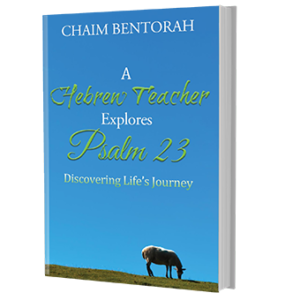
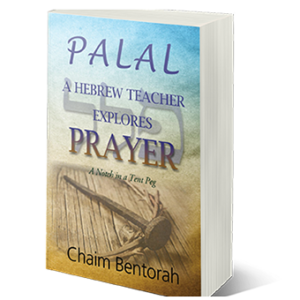
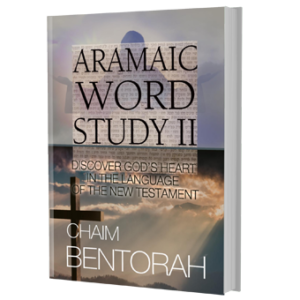
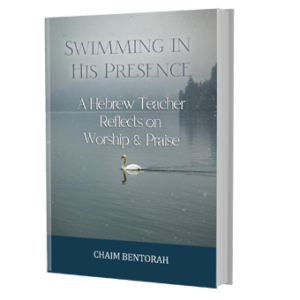

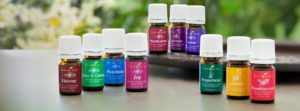
Recent Comments